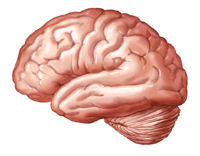One of the mistakes companies make when they try to create a business system or develop a continuous improvement culture is that they focus on the wrong things. They scrutinize behaviors. They spend their energy reacting to unexpected results. They bounce from tool to tool trying to find a fix for their problems.
What they often overlook, though, is that fact that their employees are often not guided by unifying principles. There is no clear corporate identity. Guiding principles are like beacons for the team, and create continuity as people come and go.
While the exact principles you settle on for your organization will vary based on your industry, national culture, corporate mission, and a host of other factors, there is one common thread among all great companies. They have a belief system that is shared by their employees.

